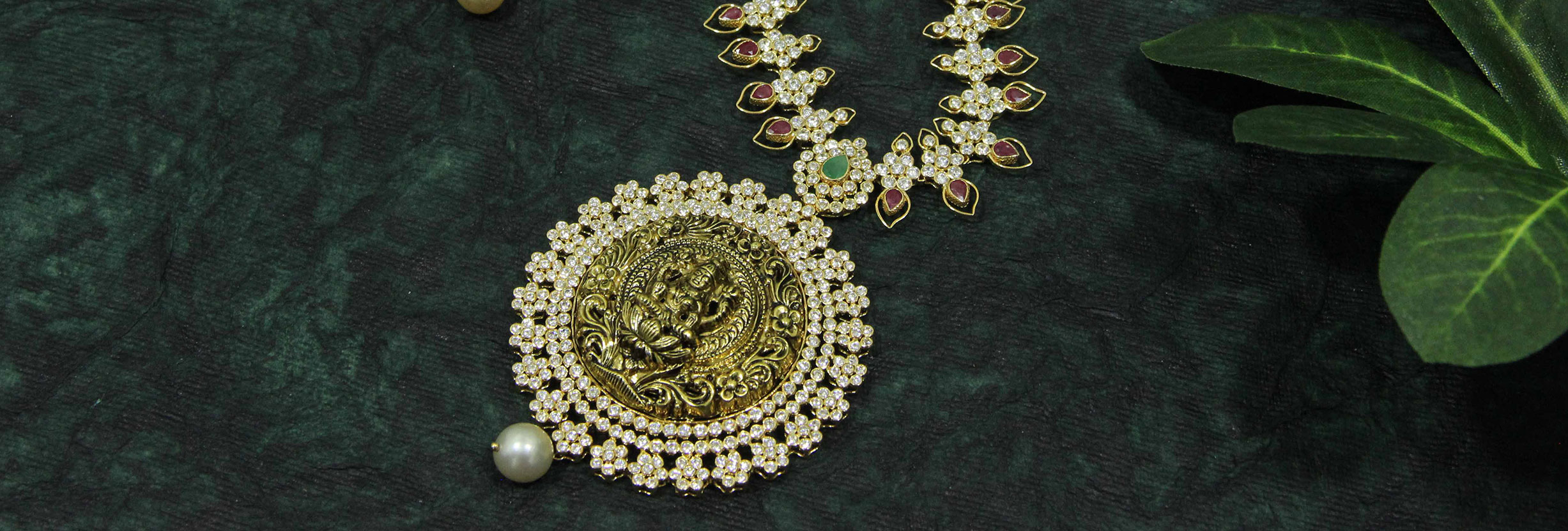
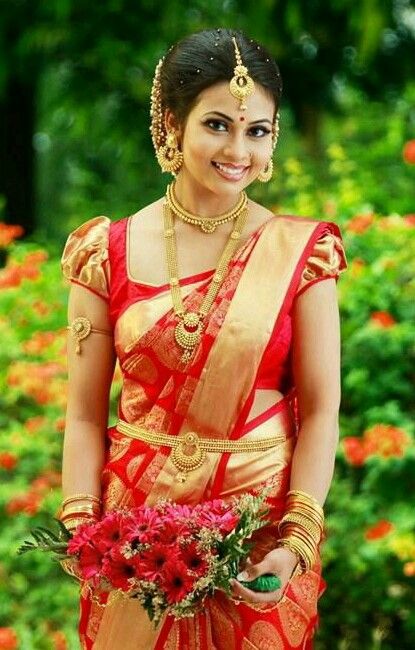
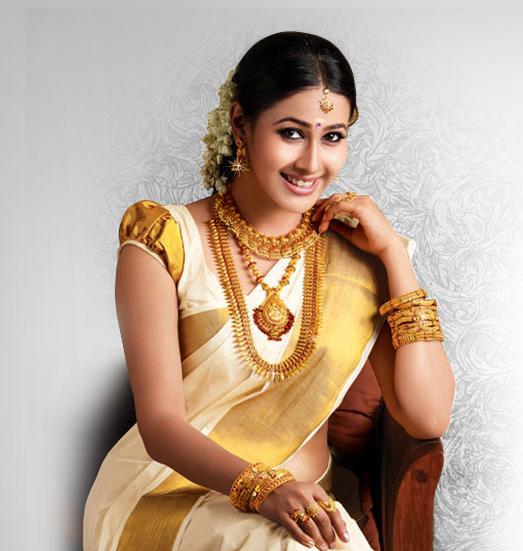
One similarity you will notice in Kerala wedding is simplicity in their wedding. Kerala Hindu bride and Kerala Christian bride wears white saree with gold border. All Kerala Hindu wedding ceremonies are conducted in temple and Kerala Christian wedding ceremonies are conducted in church and in both the marriage rituals Kerala groom ties mangalsutra in bride’s neck as a ritual and applies sindoor in the forehead of the bride and complete the ceremony.
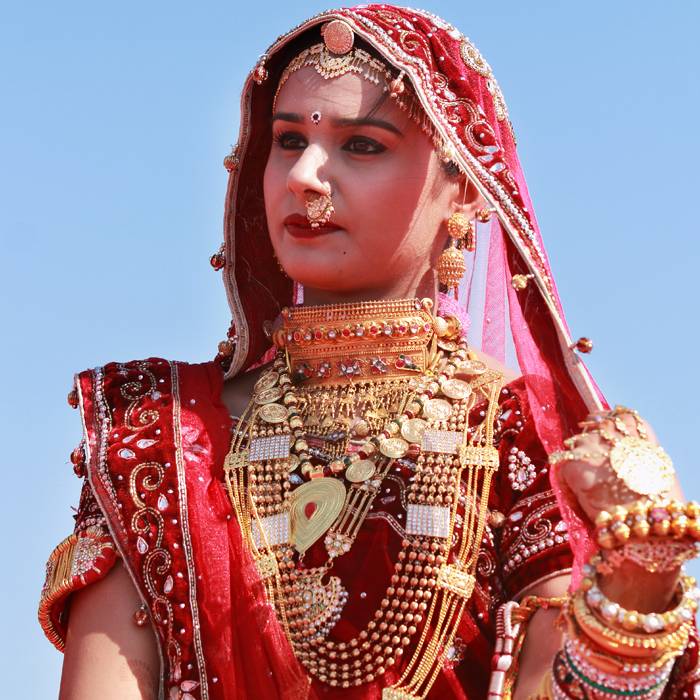
In this marriage ceremony, the groom promises to take her responsibility for lifetime.The couple goes round the fire for seven times which is called Phera.The bride and groom take seven steps together toward the direction of Sun God Direction which signifies to wall together in all situations in life.After completing all the Rajasthani wedding customs the girl is sent along with the groom to start with the new life.
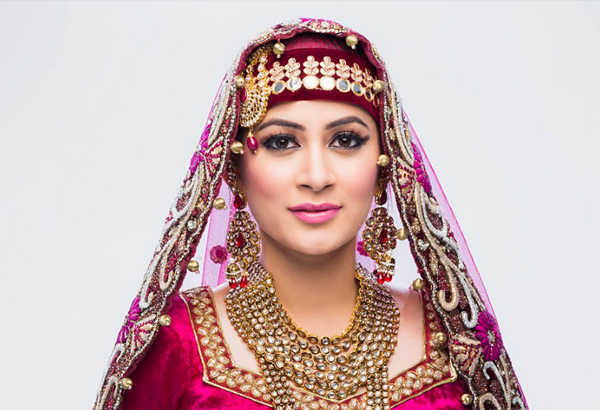
The Kashmiri wedding ceremony is known as lagan. It follows all the normal vedic rituals. The priest performs a Mandap puja followed by the Dwar puja before ushering in the groom. The bride is carried to the wedding mandap by her maternal uncle. The heads of the bride and groom are covered and a large mirror is inserted under the coverings. The couple sees each other for the first time in the reflection of the single large mirror. The father of the bride places her hand over the groom’s hands signifying him giving away his daughter to the groom, who in turn accepts this responsibility. For the rest of the ceremony, the groom is to keep a tight hold of the bride’s hands. The hands are covered in a special cloth known as Athwas. A golden thread (Mananmal) is tied to their foreheads.The sacred fire is lighted by the priest and the bride and groom take seven Pheras around the fire. This is followed by the Saptapadi where the couple takes seven symbolic steps with each other while proclaiming the seven marriage vows. This is the symbolic beginning of their journey together.
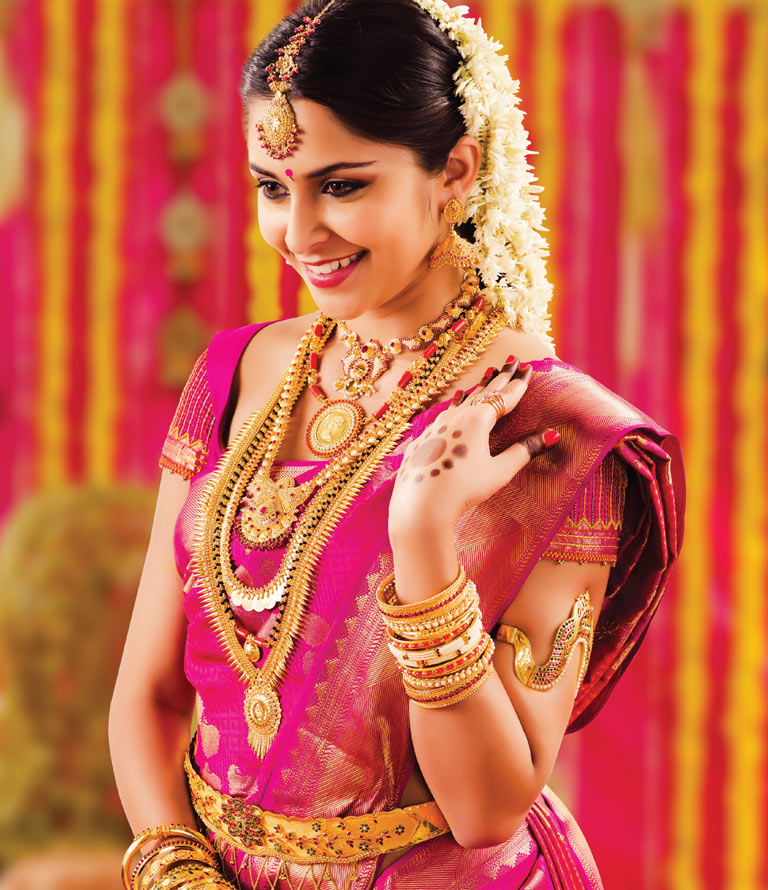
Weddings in the state of Karnataka are mostly simple affairs, focused mainly on traditional rituals and less of pomp and show. Kannadigas prefer to adhere to age old traditions when it comes to weddings. The rituals vary slightly in different regions and among various communities of Karnataka, but the basic structure of the entire event remains the same. Kannada weddings are relatively short and share many rituals with neighbouring states like Maharashtra and Andhra Pradesh. Kannada weddings generally take place during the daytime.
In this Maharashtrian wedding ritual, a silk shawl is hung between the bride and groom while a priest chants some mantras. This is done because the two are not supposed to look at each other until after the priest finishes his chanting.After the priest finished reciting his mantras, the shawl is removed and the couple look at each other. Guests shower the couple with Akshata (unbroken rice grains) and the two exchange garlands.This Maharashtrian wedding ritual involves the father of the bride giving his daughter’s hand to the groom. The groom then ties a mangalsutra around the neck of the bride and applies sindoor on her hair parting. The bride applies a chandan (sandalwood) tikka on the groom’s forehead.The couple takes seven rounds around the holy fire. The bride is required to touch seven betel nuts placed on top of small mounds of rice with her right foot. Once the seven rounds are done, she places her foot on a grindstone, while the groom holds her hand or foot, symbolizing that she needs to be strong and he will always support her.
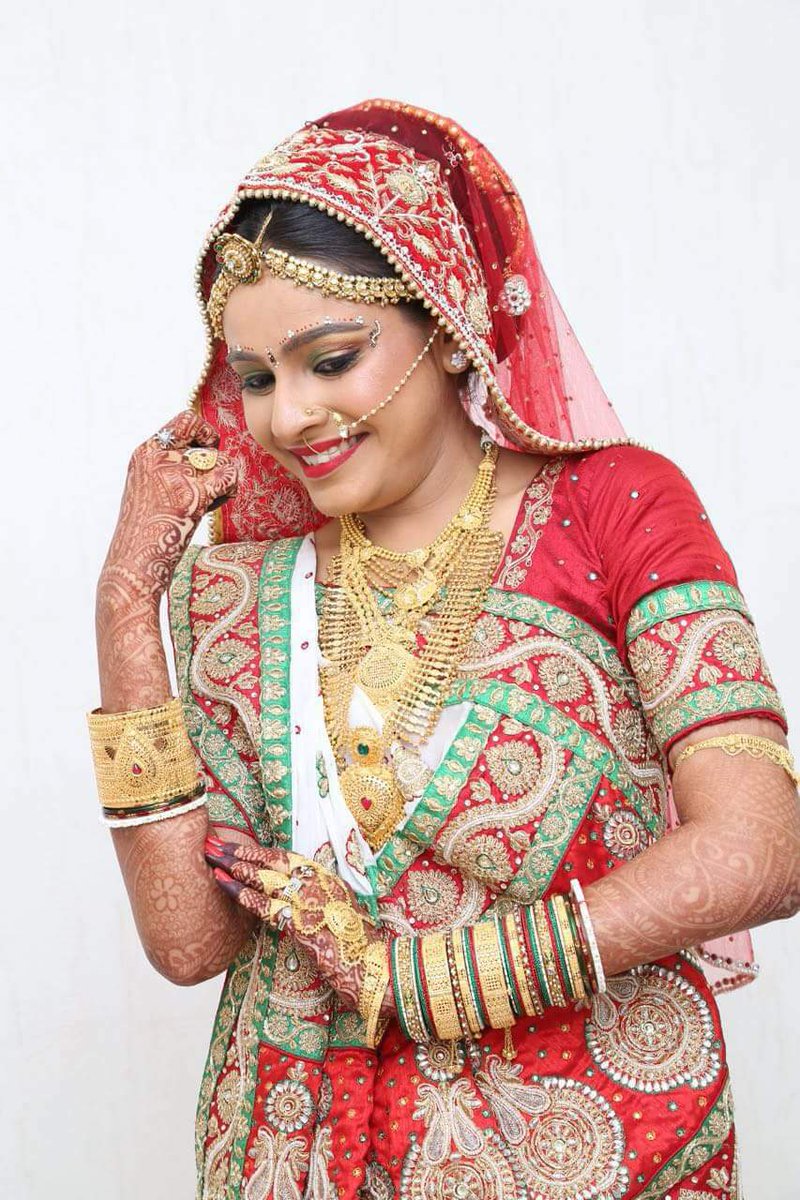
During the ceremony, the bride is supposed to touch her seven betel nuts with her right toe in which the groom helps her, while both of them recite the seven vows, which are mainly the commitments towards each other. Once the seven rounds are done, the groom puts sindoor on brides head and ties mangalsutra around her neck which symbolize that she is married and belong to him.Once all the rituals related to the wedding are wrapped up, the bride is taken to the groom's house, where to welcome here a Lakshmi Puja takes place. To welcome the bride in the house, groom's mother place a steel vessel filled (matka) with rice. And the bride has to touch the vessel with right foot.
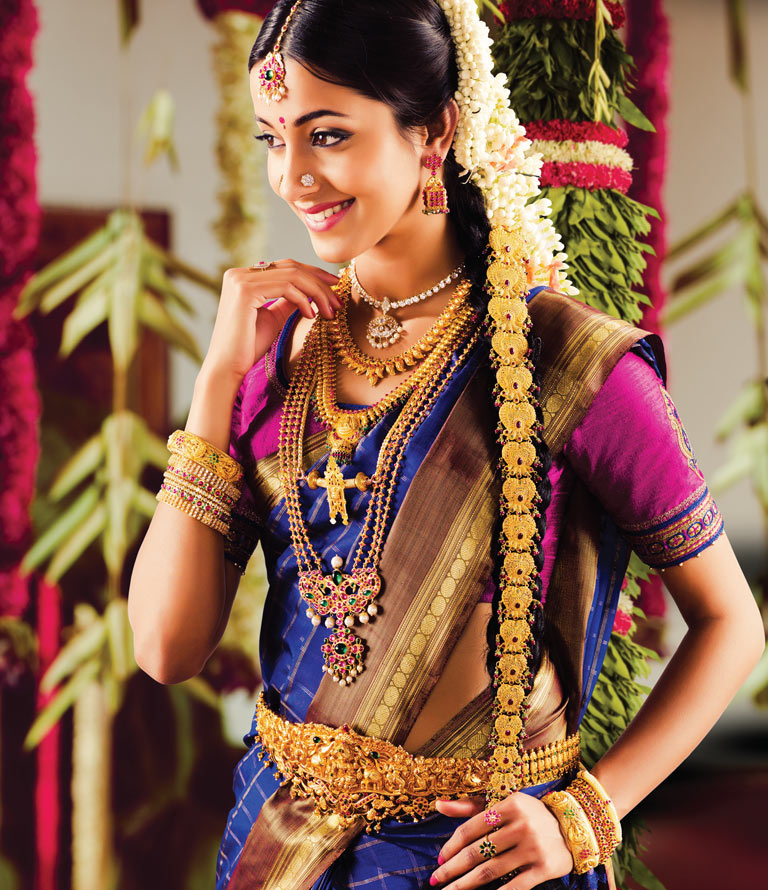
The wedding day begins at the crack of dawn.After the groom arrives at the wedding mandap, the parents of the bride washes his feet with holy water, sandalwood, milk, and kumkum. His feet are then wiped dry with flower petals. The bride and groom is then asked to step off the swing. The end of the bride’s saree is tied to the end of groom’s angavastram and kanyadanam ritual happens. After kanyadanamritual,the bride and the groom holds each other’s hands and go around the sacred fire seven times. Vedic mantras are chanted by the priest which outlines the seven sacred vows of a marriage. This ritual marks the symbolic beginning of the couple’s journey as husband and wife. Next the groom holds the bride’s left toe as she steps over a grindstone. This symbolically represents the solidity of their union.
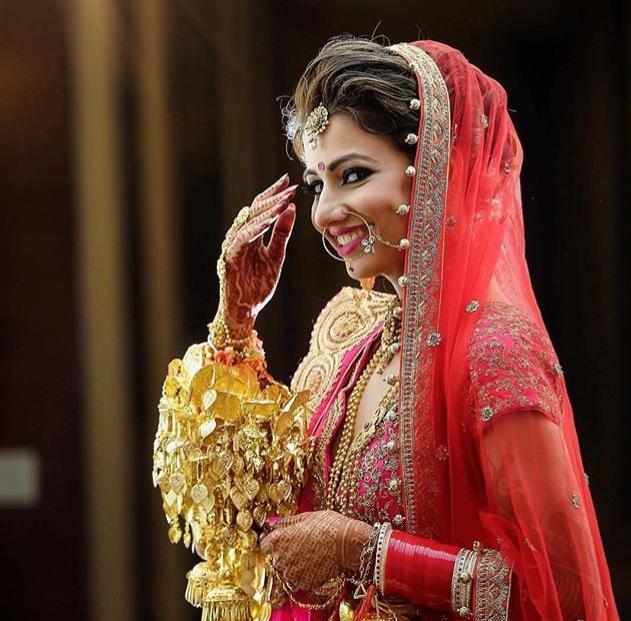
Punjabi weddings may be simple or lavish, but they ensure unlimited fun and celebration. During this age old Vedic ritual, the bride is given away by his parents to the groom. He requests the groom through Vedic mantras to take good care of his daughter and the groom accepts the bride’s hand and promises her father that he will treat her with utmost love and respect throughout his life.Then ends of their dupattas are tied in a knot and they encircle the sacred fire four times. For the first three times, the bride precedes the groom and for the final phera she has to follow the groom. After all the groom applies sindoor to the bride’s hair parting and ties the Mangalsutra around her neck. This completes the wedding rituals.
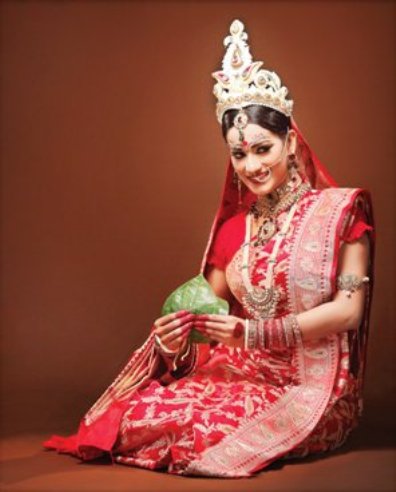
A Bengali Wedding often referred to as ‘Biye ’is quite a visual treat. The couple exchange their garland in a ritual known as Mala Bodol.The bride is then brought into the Chhadnatolla, where she is seated opposite to the groom and an elderly male member of the bride’s family unite their hands and it is bound by sacred thread, and the priest chants the mantras whereby the bride is officially given away to the groom.The priest ties a knot between the end of the bride’s saree and the grooms shawl. The couple then have to go around the fire seven times, while uttering the seven sacred vows.Next the groom applies Sindoor on the parting of bride’s hair and he covers her head with a new saree known as the Lajjabastra.
.png)
In this Andhra wedding custom, the bride and groom exchange flower garlands. During this ritual, the couple takes the seven rounds around the holy fire while taking the wedding vows. After completing this ritual, the groom puts a silver toe ring in bride’s toe.